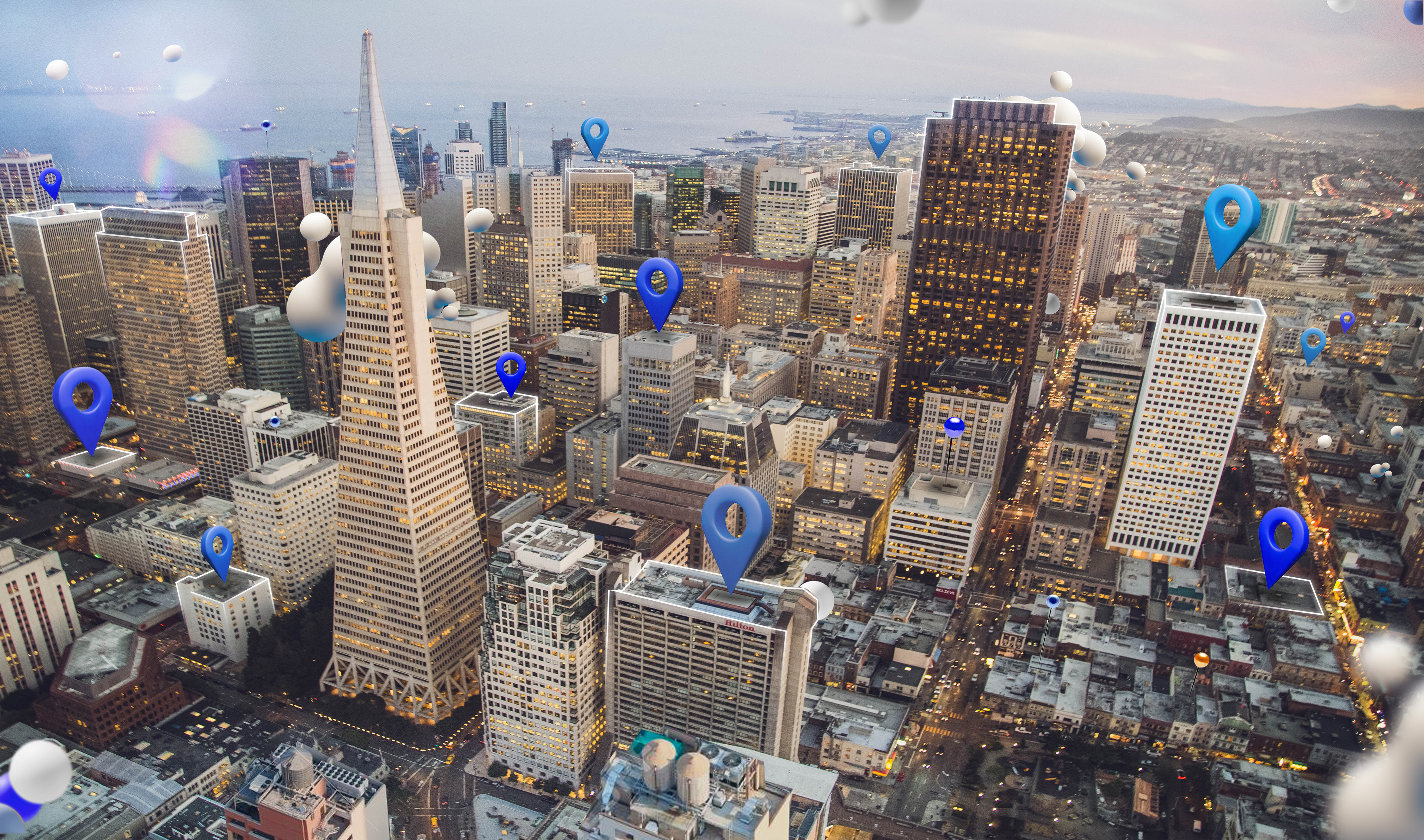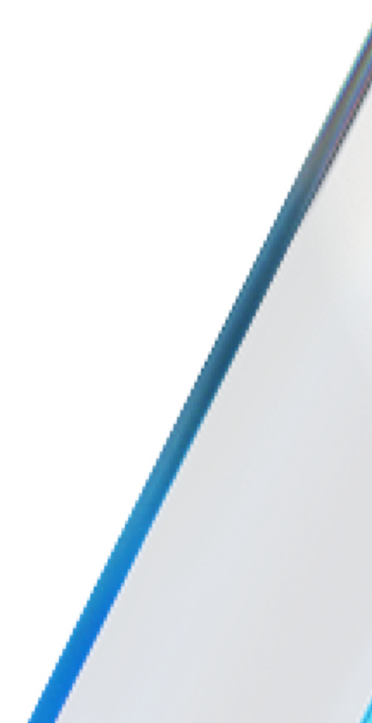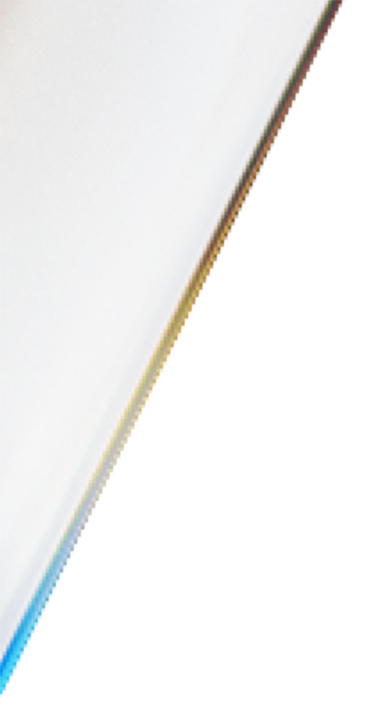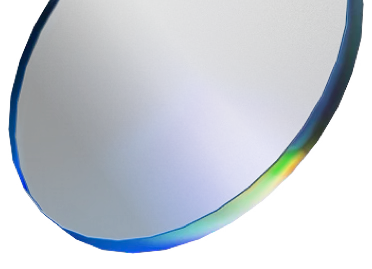

Trace Studio is a browser based hub for organizing, managing, and publishing persistent AR experiences across teams, locations, and devices.

Augmented reality is entering a new era. This era is one where immersive content doesn't just appear and disappear, but it persists, it evolves, and it anchors itself to the physical world. Trace Studio is built for this major shift. It's a browser-based hub where creators and organizations can upload, organize, create, and deploy AR experiences that behave like websites for real physical spaces. It is the missing layer that makes spatial content manageable, scalable, and part of the everyday environments that are all around us.
Augmented reality has already transformed how we think about digital content in physical spaces. Now it can move beyond isolated singular experiments into something that's a lot more foundational, a persistent digital layer that is woven into real places.In the same way that websites turned the early internet from scattered ideas into structured ecosystems, AR is ready for this moment where digital content becomes a living part of the world around us. Trace Studio is this platform that's built for the future. It provides the infrastructure to anchor and evolve content over time. You could be an artist that's coordinating installations across the city, or you could be a retailer that's deploying immersive campaigns across all of your different stores. Or you could even be a company training teams in multiple facilities. Trace Studio lets creators treat physical space as a malleable and dynamic digital canvas. It can be updated, scaled, remixed, and managed at any time with ease.

The Trace Studio is a browser-based AR content management and creation platform. It's basically a central hub where you can upload your own 3D models, you can upload images and videos, and you basically organize them into projects, scenes, and any configuration that you want.
You can manage your teams, you can publish these experiences, and they can be tied to real-world locations, or they can be accessible anywhere. The Trace Studio is the hub and control center that connects the broader Trace ecosystem.
In combination, this ecosystem and these tools basically mirror how we already work with digital content. We create it, we manage it, and we publish it. Now all of those things are possible for the spatial era.
Whatever you're making, it will always start with content. The Trace Studio makes managing this content intuitive. First, you can upload your 3D models, then images and videos directly in your browser. You can make folders, you can name them, you can reorganize your assets, and all of it will be versioned and maintained by the Trace system to be deployment ready without any extra complexity.
Here are a few best practices help AR content load faster and perform smoothly:
It's super important to handle optimization and organization up front. The Trace Studio will ensure that AR experiences run smoothly across your devices in any environment. The more we understand and optimize our content, the higher quality the output will be.

Creating augmented reality is rarely an effort done solo. The Trace Studio makes it super easy to collaborate with your team to manage permissions and access any of your content.All of your permissions are inherited between projects and scenes automatically. You can easily control who can view, edit, or publish content.
This structure mirrors familiar digital workflows that we already have. Our intention is to make it intuitive, to scale your work across multiple locations, across any of your teams, and throughout your use cases.
When you publish with Trace Studio, it's designed to be as simple and flexible as sharing a website. Once your project is ready, you can deploy it through a range of channels: a QR code, a shareable link or an alphanumeric code.
All of your updates will sync instantly across your devices. This means that any changes made in Studio propagate automatically to live experiences. This is how organizations like Deutsche Telekom have used Trace Studio in the past to deliver immersive brand experiences across multiple retail locations without maintaining dozens of separate AR builds.
No matter if you're coordinating an art installation across a large city or launching a campaign across dozens or hundreds of stores, the Trace Studio can give you the control and scalability to manage all of this complexity from one single place.
The Trace Studio is more than just a content manager. We've designed it specifically to be a creative space in its own right as well. Increasingly, creators will be able to build and edit AR directly in their browser. You'll be able to design advanced interactions, spatial slideshows, and integrate AI into all of your experiences. With Trace Studio, you'll be able to quickly edit an animation on a single asset, build out a complex set of assets with interlocking interactions, or control the locations of a full scene remotely and deploy it in a single click.
Just like websites gave the internet its structure, platforms like the Trace Studio will define how AR integrates into everyday life. It can allow creators and organizations to move beyond one-time gimmicky AR experiences and start building persistent, ever-evolving digital layers that can be anchored to real physical places.
Your physical space no longer has to be static. It's a domain, and Trace Studio is the CMS that powers it. Whether you're an artist, a retailer, a museum, or an enterprise team, the Trace Studio can give you the tools to manage and grow your spatial presence as easily as you manage your website currently.
In the Trace Studio, you can upload and organize 3D models, images, and videos to build full scenes and projects immersively.
No, the Trace Studio is designed as a no-code platform. If you can set up graphic 2d content like a website, a canva template or a simple blog, you can manage your AR projects easily here.
The Creator app is where all scenes are built and anchored in space. The Trace Studio is where they're organized, managed, and published. The Viewer app is where audiences access and experience this content. And that can happen on mobile or headset devices.
To try out Trace or learn more about creating augmtened reality, check out the links below.







